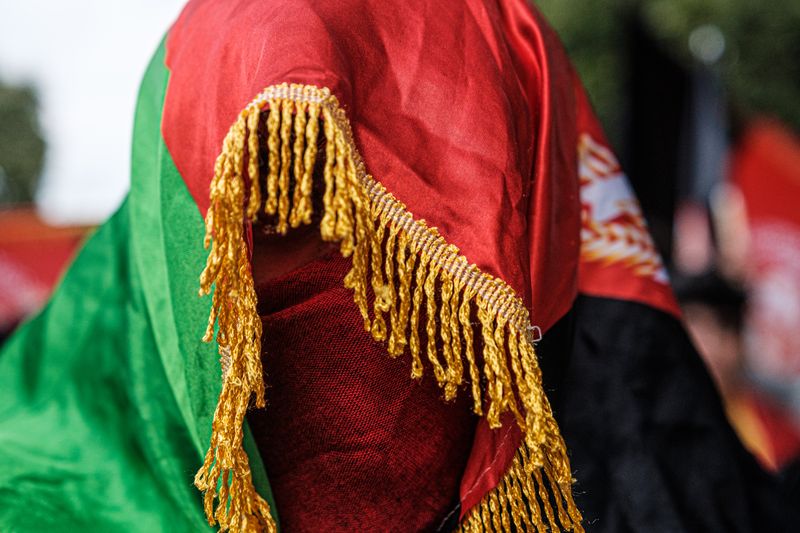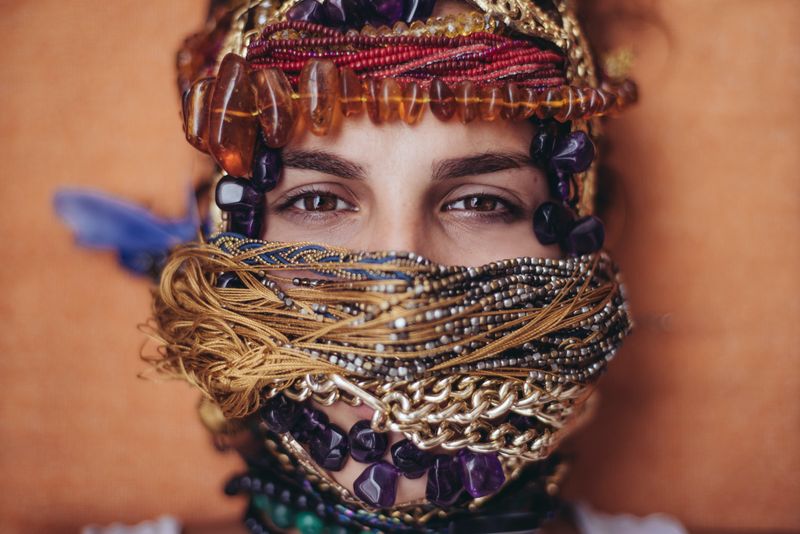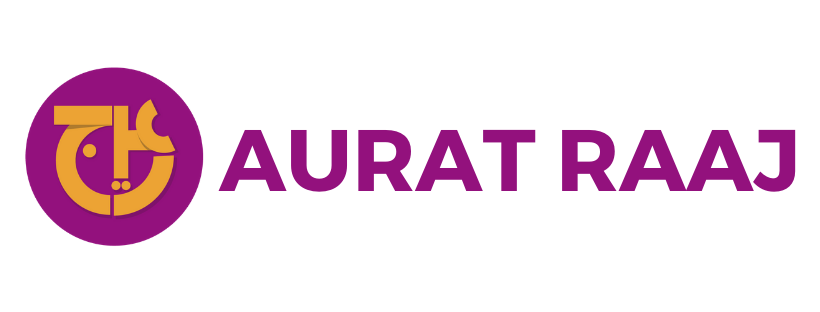
Weddings are a significantly expensive affair anywhere in the world. It might be the biggest party you'll ever throw for your loved ones.
The costs typically involve anything and everything from the lavish venue, extravagant decor, a huge guest list, and meals that cost a fortune.
But that's not the only cost of marriage in many parts of the world.
 Photo by Ehimetalor Akhere Unuabona on Unsplash
Photo by Ehimetalor Akhere Unuabona on UnsplashBride price is a financial arrangement made by the groom's family to the wife's family at the time of marriage. This can either be in cash, real estate, or valuable goods such as livestock.
This exchange is considered essential in many parts of the world to ensure that the marriage is sustainable. But his practice has many negative consequences for women and society.
Where is it practiced?
Matrimonial transactions such as dowry or bride price are not new in many communities. The custom goes back to 3000 BCE, when bride price negotiations and payments were made mandatory to legalize a marriage.

Even today, the customary tradition of either bride price or dowry is practiced in nearly 75% of countries around the world.
In fact, the practice is most popular within African countries, with the bride prices soaring as high as $83,000in Niger alone.

Bride price in most of Africa
Given to the bride's family by the groom's family
Believed to establish stronger bonds between the bride's and groom's families
Seen as a token of respect and appreciation for the girl's family, who put so much effort into raising a daughter and then giving her away to her in-laws
A symbol of compensation that the groom's family is liable to pay for the financial vacuum that may be created when the bride moves out of her house
A pledge the groom's family takes that the woman and her children will be valued
In no-way advocates the idea of "buying" or "selling" a woman

Bride price in most of Asia, including Afghanistan
Given by the groom or his family to the bride's father or the male head of the family
Practiced by suitors to "secure" preferably young brides for themselves
Rarely given to the bride herself as means of financial security after marriage
Very similar to bride selling or child pricing
Based on the bride's credentials such as age, beauty, reputation, and education
Also called walwar in Pashto and toyana in Dari speaking areas
Not to be confused with mehr (groom's financial pledge to his wife under Islamic law)
Quiz
Which of the following is true for the practice of bride price?
How is it different from dowry?
Both tbride price and dowry account for an exchange of potential funds or money between the two families during the wedding.
So what makes them different?
Dowry involves transferring expensive goods from the bride's family to the groom.
Bride price is when the groom's side sends any substantial funds to the bride's family.
 Photo by Ignacio Campo on Unsplash
Photo by Ignacio Campo on UnsplashThen why do some societies practice the bride price while others prefer dowry? Who decides the direction of these payments?

Bride price is mostly practiced in low-income yet highly patriarchal communities where demand for child brides and child labor is high. Find out more about the stats here.
Dowry is mostly the valuation of a groom. It's therefore more prevalent in stable-income or developing societies.
The direction of the payments in either way is determined by the societal and financial factors of the entire community, including the patriarch (male leader) himself.
What reasons lay behind the motive?
 We can't just give one standard motive as to why bride prices still exist, although patriarchal societal settings might be a partial answer.
We can't just give one standard motive as to why bride prices still exist, although patriarchal societal settings might be a partial answer.

The payment is seen as a way to escape poverty and hunger.
Men view women as a commodity whose existence can be price-tagged simply because they're women. They view women as someone they can mate with to continue their lineage, if nothing else.

In the case of family debts or disputes, selling a girl or woman as a bride often settles the case. It can also be considered a refund for the money spent on a daughter in her lifetime at her parent's house.

It guarantees the bride will remain in wedlock even in cases of domestic abuse, since returning huge payments for divorce is impossible for her. Some communities also ask for the bride price as an insurance payment for the girl's virginity.

In polygamous societies, bride prices ensure that the groom remains conscious of his marital relationship. If he marries other women, he'll be obliged to pay an even greater bride price to all the other wives for the fact that he has already been married once.
Quiz
Ahmed is a rural farmer in South Punjab, Pakistan. After his crop production was destroyed, he forced his daughter to marry his landlord's son. What's the most likely reason Ahmed did this?
What are the repercussions of the practice?
 Photo by Oscar Keys on Unsplash
Photo by Oscar Keys on UnsplashWeddings have lately become more of an exchange affair rather than a sacred union. This new materialistic custom comes with social repercussions.

Bride prices sometimes put immense financial pressure on the groom and his family, pushing them into excessive debts.
It increases the chances of child marriages in poverty-stricken families, as the price of the child bride is seen as a ticket to a better life.
It also causes impoverishment and bad temper in young men, putting the bride in a vulnerable position.
Gathering the desired bride price can be hard for young men. Girls are often forced to wait until the payment is made, even if it takes years and they can't have children anymore.
Quick income-generating opportunities to be able to afford a bride price often result in men making hasty decisions, such as getting involved in illegal activities.
Take Action

What can I do to help put an end to the practice of bride price?
Your feedback matters to us.
This Byte helped me better understand the topic.
